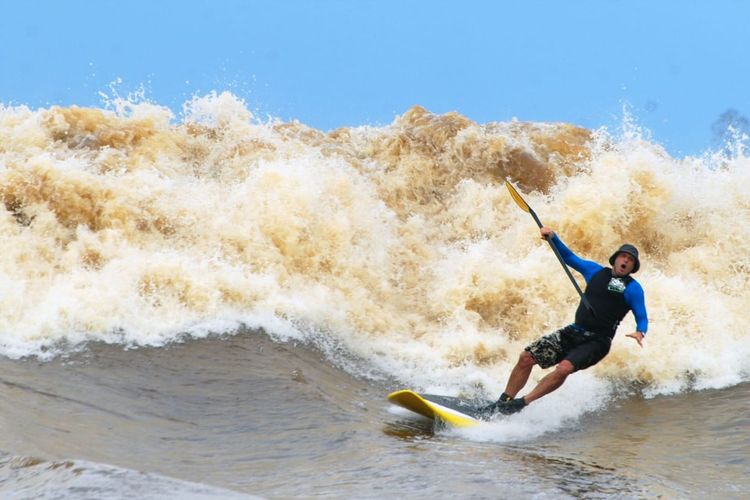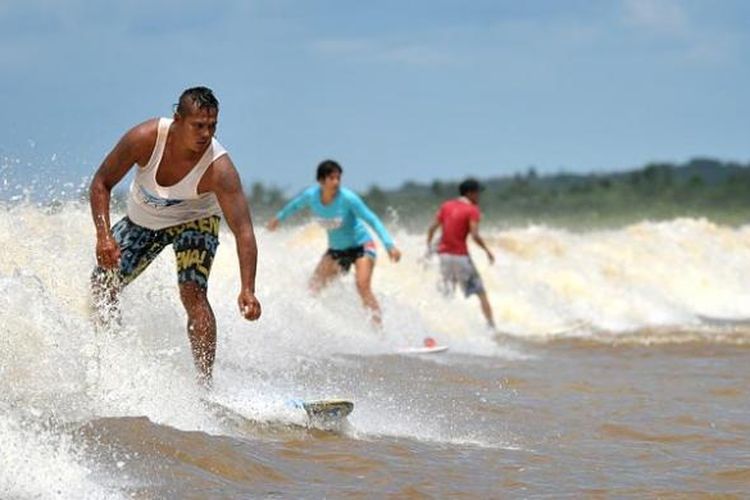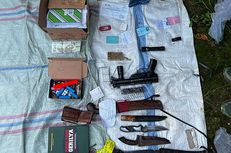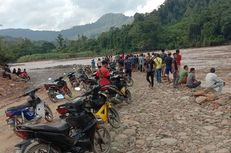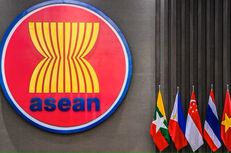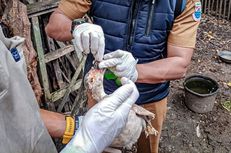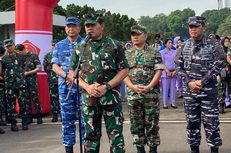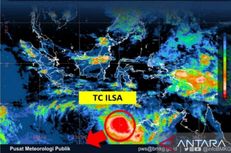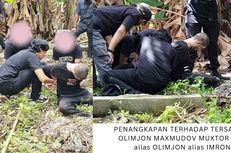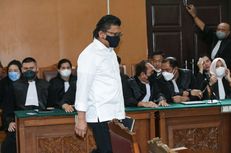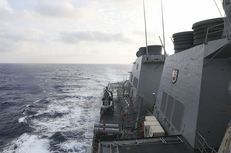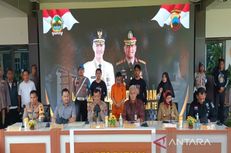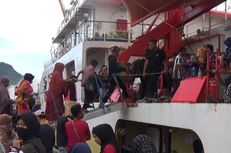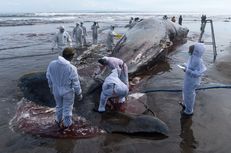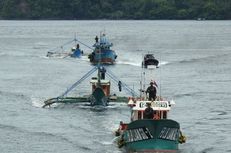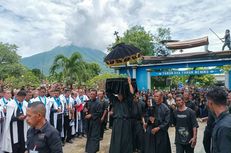Surfing Down Indonesia's Kampar River
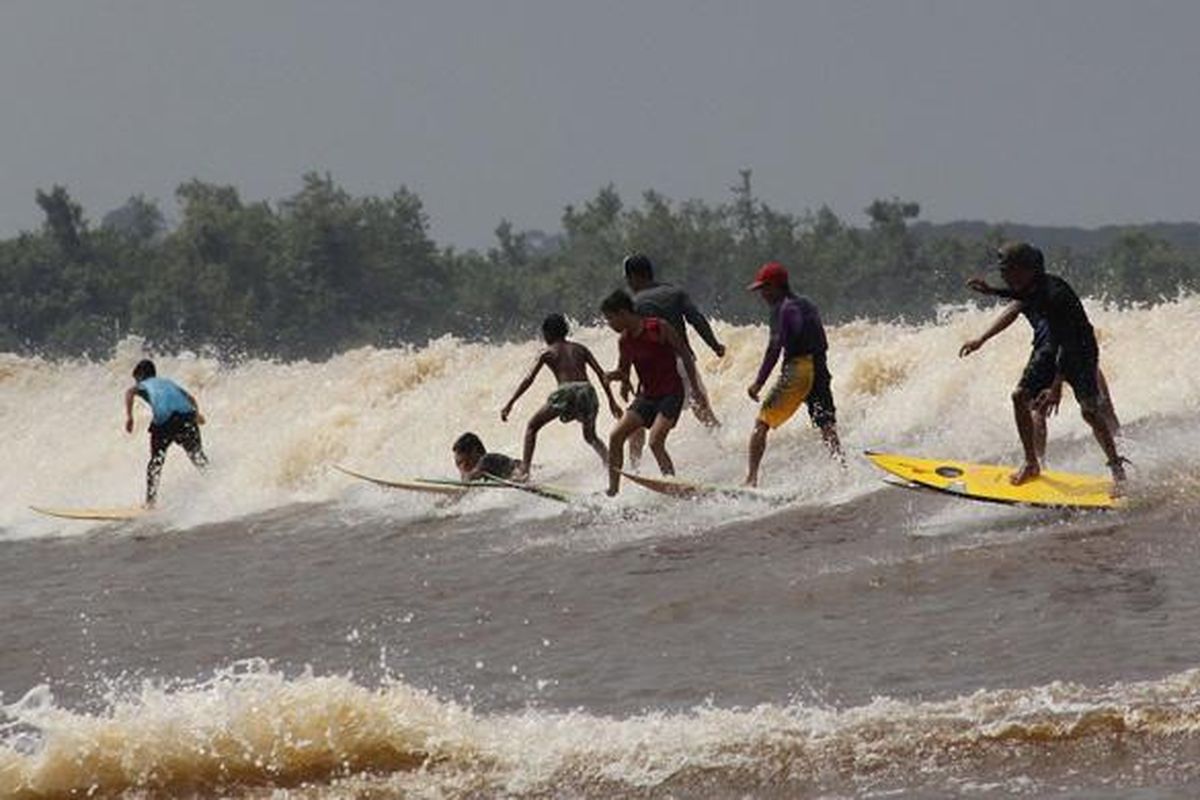
According to an age-old Malay folktale called Sentadu Laut, bono waves are the embodiment of seven ghosts which often destroy canoes or ships crossing the Kampar River.
The tale described the seven ghosts as seven types of waves, starting from the largest wave in front, and followed by six waves that get successively smaller.
As objects of fear, the community elders would lead the inhabitants in holding a ceremony to placate the waves for their safety. On the other hand, bono waves are also a way for Malay warriors on the coast to test their courage and improve their fighting skills.
Surfing records
Bono waves remained Riau's best kept secret until Antony Colas, author of the surfing guidebook, World Stormrider Guide, visited the area in September 2010.
Colas was dumbfounded by the huge rolls of bono waves in the river that are similar to those in the sea. He recounted that bono waves are distinct from ocean waves in that the former can reach speeds of up to 50 km.
Colas's writing aroused the curiosity of American three-time world surfing champion Tom Curren. This 60-year-old senior surfer invited fellow world champions Bruno Santos and Dean Brady to try and conquer the bono waves.
Also read: Indonesia's Toba Caldera Recognized as UNESCO Global Geopark
He also successfully surfed for almost an hour in March 2011. "After more than 30 years of surfing, this is the first time I felt a very long surf on the waves and it happened in the river," Curren said as quoted from the Surfer Today website.
The world record for longest surfing recorded in the Guinness Book of World Records was also broken twice at the Kampar River.
The first record was set by British surfer Steve King on February 15, 2013. At that time, he and fellow surfers Steve Holmes and Nathan Maurice rode a four meter high bono over a distance of 12.3 km for 1 hour 13 minutes in an agility competition.
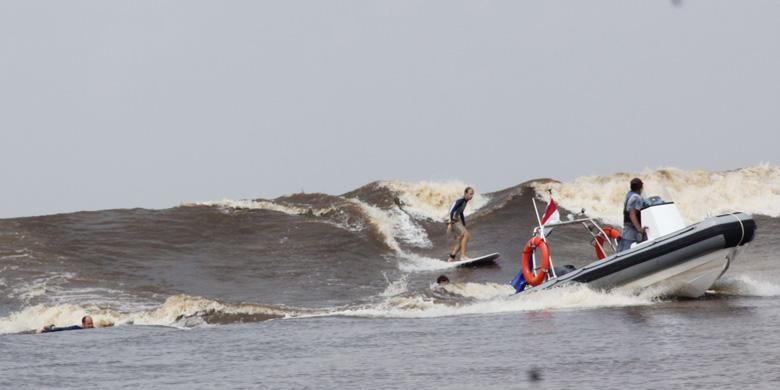 Australian surfer James Cotton (standing behind) set a world record for surfing bono waves of 17.2 kilometers, breaking British Steve King's record of 12.23 kilometers set in 2013.
Australian surfer James Cotton (standing behind) set a world record for surfing bono waves of 17.2 kilometers, breaking British Steve King's record of 12.23 kilometers set in 2013.King's record was then broken by Australian world champion James Cotton. The man from Down Under was able to ride bono waves of up to 3.5 meters over a lenght of 17.2 km for 1 hour 20 minutes.
Indonesian female surfer Gemala Hanafiah also hit the record books, when she and 30 national and international surfers tried to conquer The Wave of Seven Ghosts together.
"This feat would have been impossible to do in ocean waves, as they can only be surfed by up to three people for less than three minutes," she said. At the Kampar River, Gemala and her colleagues were able to surf for 30 minutes.
Pelalawan tourism

